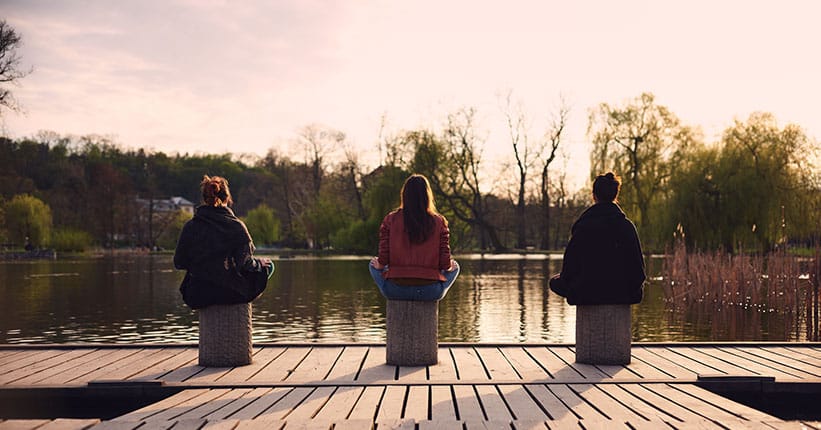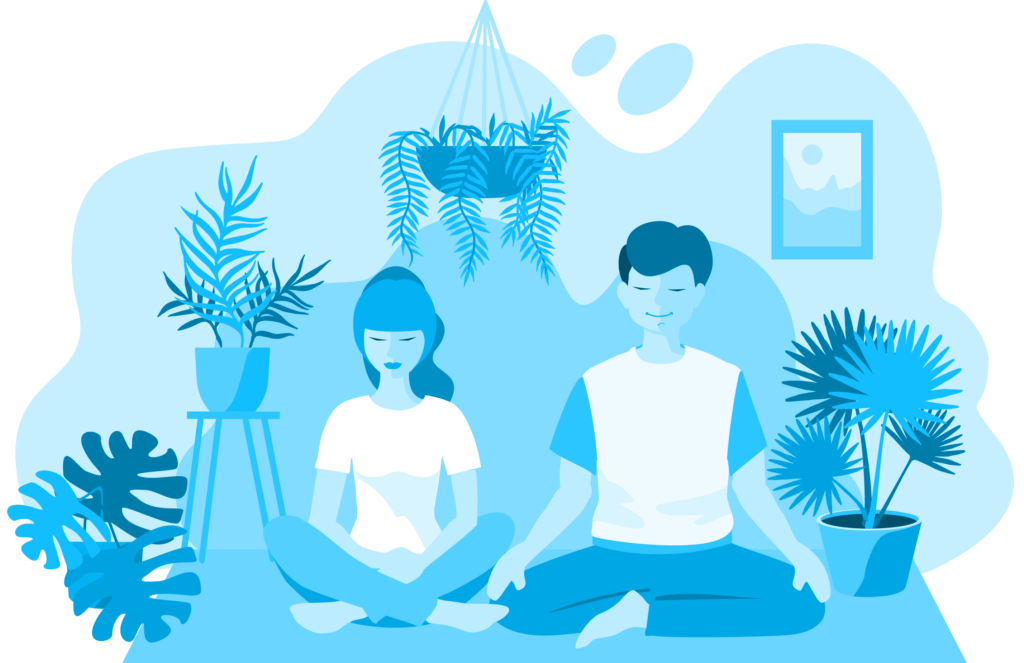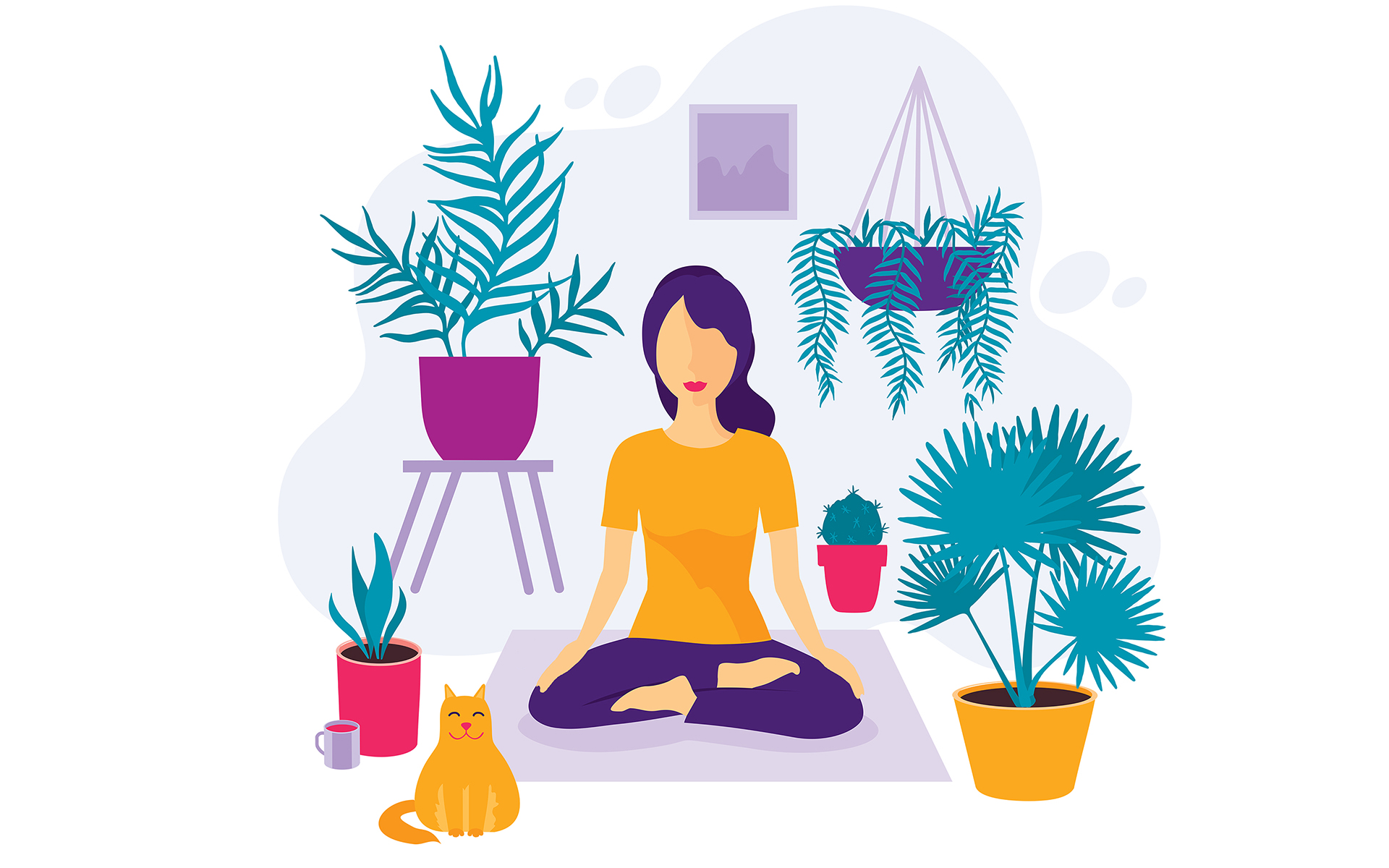Unlock Inner Peace: A Comprehensive Overview on How to Meditate?
Unlock Inner Peace: A Comprehensive Overview on How to Meditate?
Blog Article
How to Meditate: A Detailed Technique to Achieving Mindfulness and Calmness
Reflection serves as an effective tool for accomplishing mindfulness and emotional calm in a fast-paced world. By understanding the essential principles and strategies included in reflection, people can grow a method that enhances their general health.
Recognizing Meditation
Recognizing reflection includes comprehending its basic principles and methods, which work as the foundation for the technique. At its core, reflection is a psychological workout focused on promoting leisure, constructing interior energy, and creating empathy and understanding. The technique motivates individuals to focus their focus, usually with methods such as deep breathing, visualization, or mantra repeating.
Meditation can be categorized into different designs, consisting of mindfulness, transcendental, and loving-kindness reflection, each with unique objectives and approaches. Mindfulness reflection stresses present-moment recognition and non-judgmental monitoring of thoughts and feelings, while transcendental reflection entails the usage of particular rules to transcend normal idea processes. Loving-kindness reflection focuses on establishing a mindset of love and concern in the direction of oneself and others.
Despite the method utilized, the main goal continues to be consistent: to grow a much deeper understanding of the mind and its patterns. This self-awareness fosters psychological strength, clarity of idea, and an extensive sense of tranquility (How to meditate?). By comprehending these strategies and principles, individuals prepared for an effective reflection technique that can dramatically boost their total well-being
Planning For Your Practice
Prior to beginning your meditation method, it is essential to develop an environment helpful to focus and relaxation. Guarantee that the location is tidy and free of clutter, as a neat setting can aid clear the mind.
Think about the illumination, as natural light can improve your state of mind and power. Soft, cozy lights is typically extra calming than severe fluorescent lights. In addition, pick a comfy temperature, making sure that you are neither also warm neither too cold.
Incorporating elements that promote serenity can even more boost your experience. This may include soft pillows or blankets for comfort, as well as relaxing aromas from essential oils or scent. It can additionally be beneficial to have actually a timer established for your reflection session to stop diversions from clock-watching.
Fundamental Meditation Techniques

Another efficient technique is body check meditation. This involves emotionally scanning your body from head to toe, observing any type of locations of stress or pain and consciously kicking back those muscular tissues. This practice promotes a much deeper link in between your body and mind.

Finally, loving-kindness meditation concentrates on cultivating concern in the direction of on your own and others. Quietly repeat expressions of a good reputation, enhancing psychological wellness and interconnectedness. Each of these techniques works as a foundation navigate to this site for your reflection journey, allowing you to discover the method that reverberates finest with your individual method.
Maintaining Emphasis and Mindfulness

Developing a specialized reflection area can improve the capacity to keep mindfulness. A peaceful, clean atmosphere lessens diversions, permitting for much deeper immersion in the method. Furthermore, setting a time frame can help take care of assumptions; beginning with shorter sessions may ease the change into longer techniques.
Making use of methods such as body scanning or observing feelings can also bolster mindfulness. These approaches motivate professionals to stay present and involved with their physicality, anchoring their attention in the minute. Routine practice is important; the brain constructs durability with time, creating a more powerful ability for focus.
Incorporating Reflection Into Day-to-day Live
Integrating meditation right into day-to-day live can change regular activities right into chances for mindfulness and self-reflection. By incorporating mindfulness methods into typical tasks, people can cultivate a better sense of existence and harmony amidst the busyness of daily life.
Begin by identifying moments throughout your day where you can stop and exercise mindfulness. Also ordinary tasks like strolling or cleaning recipes can become chances for reflection by directing your attention to the feelings of activity and the audios surrounding you.
Furthermore, reserving committed times for meditation can strengthen its method. Begin with brief sessions, progressively raising duration as you become much more comfortable. Usage suggestions or signs-- like a specific time of day or a calming sound-- to establish consistency.
Ultimately, the goal is to weave mindfulness right into the textile of life, permitting you to come close to each minute with intent, consequently boosting your general sense of well-being and clarity.
Conclusion
Finally, efficient meditation needs a peaceful setting, a comfy position, and a concentrate on the breath. By permitting ideas to develop without judgment and regularly redirecting attention to the breath, practitioners can attain boosted mindfulness and harmony. Integrating numerous strategies, such as body scanning and loving-kindness phrases, can even more enrich the practice. Normal meditation, even in quick sessions, cultivates a much deeper connection to the here and now minute, eventually leading to higher tranquility and psychological clarity in important link life.
Reflection can be categorized right into different designs, including mindfulness, transcendental, and loving-kindness meditation, each with distinctive purposes and techniques. Mindfulness meditation highlights present-moment awareness and non-judgmental observation of ideas and feelings, while transcendental reflection involves the usage of particular concepts to go beyond normal idea processes.With your meditation area prepared, it's time to explore various fundamental reflection techniques that can help cultivate mindfulness and internal tranquility.Consistently preserving emphasis and mindfulness throughout reflection can be challenging, especially for those new to the technique.Developing a devoted meditation area can improve the capacity to keep mindfulness.
Report this page